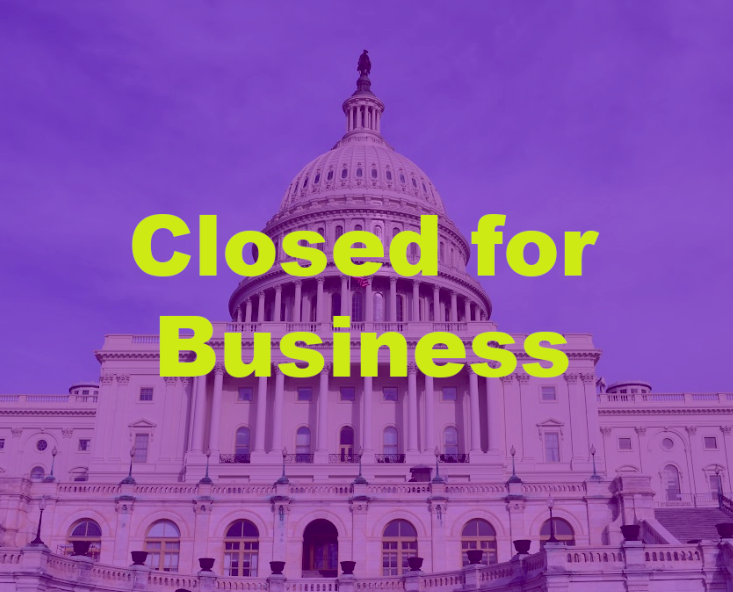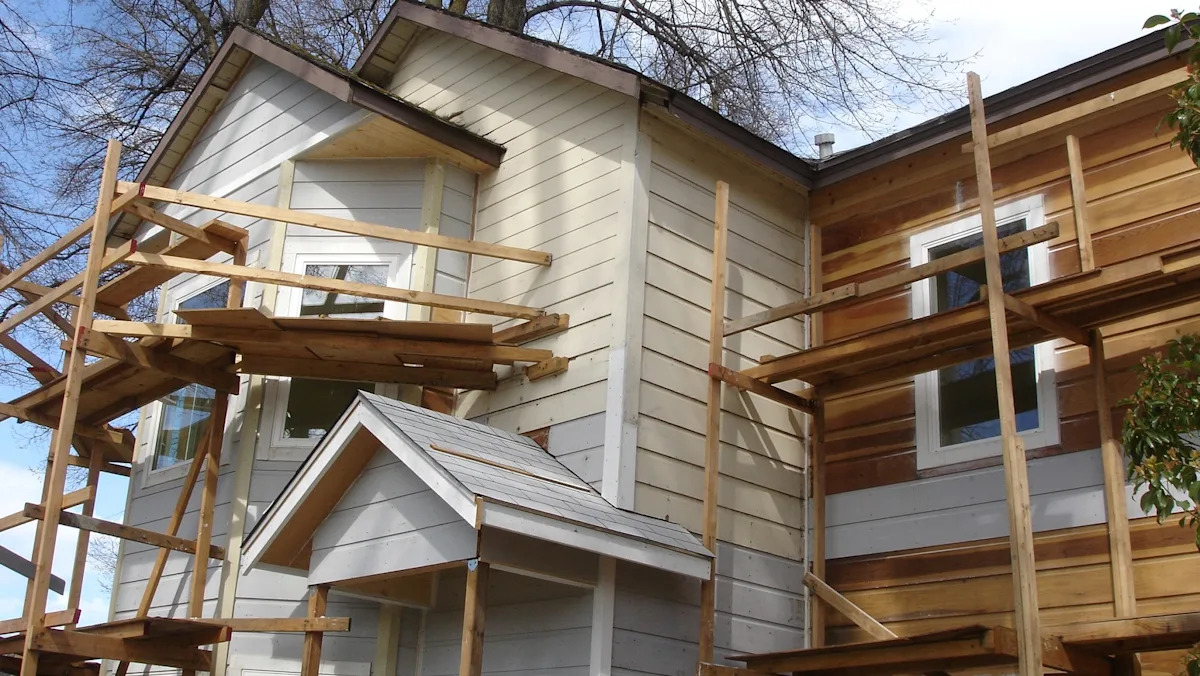T
he federal government went dark at midnight on October 1, launching a protracted standoff between Republicans and Democrats that could last well beyond the brief shutdowns of the past. Unlike earlier brief closures that lasted hours or a few days, this one may stretch for weeks, with the final length hinging on political bargaining rather than policy urgency.
**Real‑Estate Implications**
For the commercial real‑estate sector, the impact is likely modest unless the shutdown persists. “These events usually cause temporary hiccups rather than lasting damage,” says Steve Triolet, senior VP of research at Partners Real Estate. “However, timing matters in lending—delays in government‑issued data like IRS transcripts or flood‑insurance approvals can affect refinancing or foreclosure avoidance.” The pause in the National Flood Insurance Program won’t affect existing policyholders, but new applicants may see their applications stalled. The National Association of Realtors warns that closings could be postponed, exposing homeowners to risk during hurricane season.
Federal agencies will cease publishing new economic data, leaving businesses and policymakers without a clear market snapshot. The Federal Reserve’s October meeting relies on jobs figures that were due Friday; without them, the Fed may postpone an interest‑rate cut until after the shutdown ends. James McCann, senior economist at Edward Jones, notes that borrowing costs tied to the Fed’s benchmark rate could rise, delaying plans that depend on cheaper rates.
Section 8 housing vouchers will remain protected, but landlords could face temporary revenue gaps if housing authorities exhaust federal funds. Affordable‑housing projects will stall, as HUD will halt all processing. Rebecca Simon of Nixon Peabody explains that only a handful of deals near closing might proceed; the majority of development and preservation projects will pause until funding resumes.
**How a Shutdown Works**
Congress authorizes discretionary spending through budgets or continuing resolutions (CRs). If no new funding measure passes before the previous one expires, the government shuts down. Essential services—national security, law enforcement, air traffic control, border protection, Social Security, Medicare, and military operations—continue because they are mandated by law. However, federal employees may not receive pay until the shutdown ends, even if they are mailing Social Security checks.
Non‑essential services, such as education, housing, and many agency programs, are scaled back or halted via furloughs and suspensions. Departments vary in how long they can operate without new appropriations, and a core group of essential staff keeps critical functions running.
The president, through the Office of Management and Budget, directs the shutdown plan, determines which operations are essential, and negotiates with Congress to restore funding. The public often holds the president accountable for the shutdown’s duration and impact.
**Consequences of a Prolonged Closure**
The longer the shutdown, the more severe the fallout: national parks and museums close, loan and grant programs stall, tax refunds delay, and hundreds of thousands of federal workers miss paychecks. When Congress and the president finally agree on a budget or CR, furloughed employees receive back pay, though contractors typically do not.
In summary, while the current shutdown may not devastate the real‑estate market unless it drags on, it will disrupt lending timelines, delay housing projects, and postpone critical economic data, potentially altering the Federal Reserve’s policy decisions and affecting borrowing costs across the economy.














